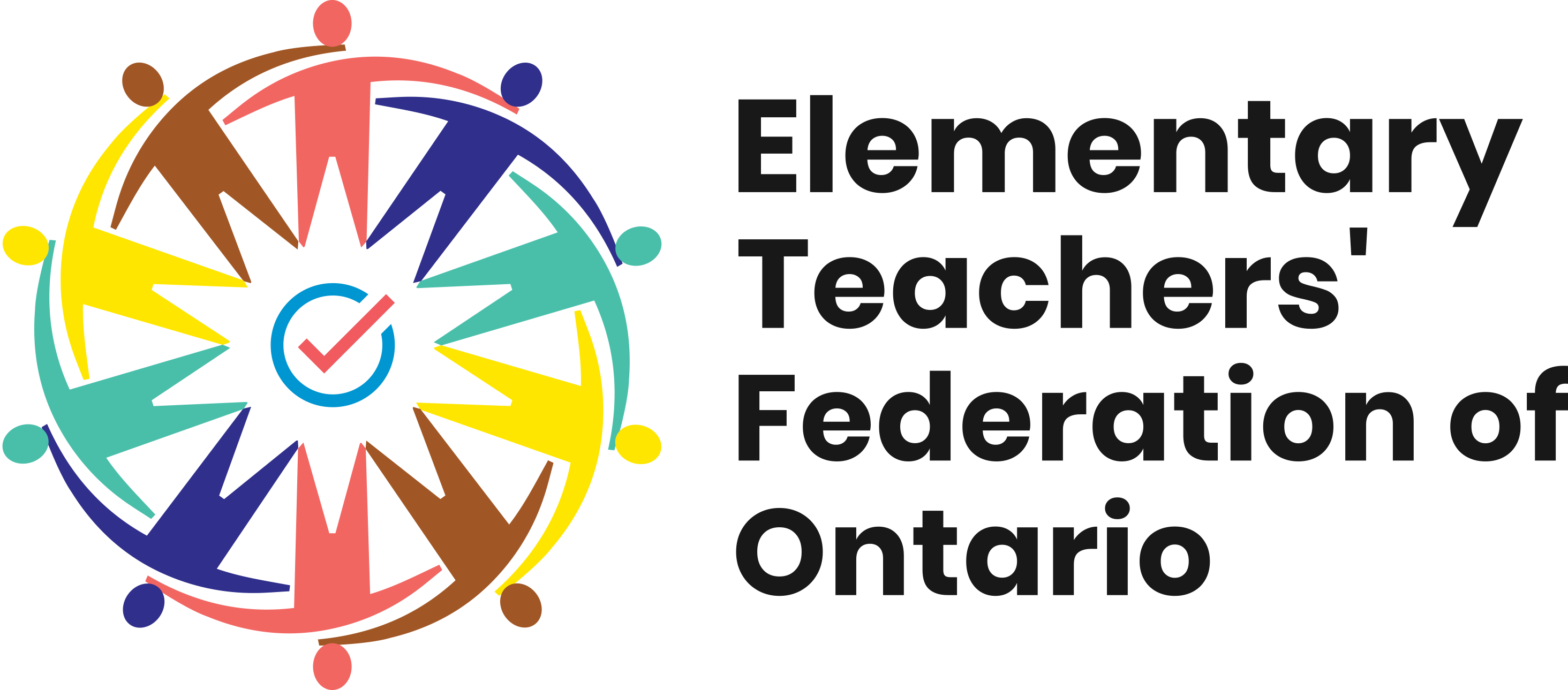I am not sure why the title of the thought stream to follow sprung forth to wrap this month, but I will roll with it just to see where it will flow.
We have had one heck of a March at the speed of learning. With 70% of the seeds of this instructional year plan already planted, it looks to be an exciting and busy 3 months of tending, nurturing, and harvesting ahead.
It’s Spring. It’s new years and reflection and remembrance for some. It’s resurrection time and Ramadan for others. It’s also the annual rebirth of nature and reflection that we have all been waiting since the first snows of winter blanketed our outdoor spaces.
lost and found
I have been thinking a lot about what is mine and what is not. I can pinpoint the most recent moment that precipitated the throughline of this piece too.
In our school caretaker’s work room there was a dolly full of about 8 large plastic bags and a number of boxes. Curious, I took a closer look and happened to see that the bags were full of clothes that had accumulated between the Winter to Spring breaks. 8 bags. This got me wondering about a couple of things beyond the obvious: How could a kid lose boots or a winter coat and not know they were missing?
Perhaps I have gotten used to this scene playing out over the past years in schools, and have become comfortable in knowing that the thrift shops in our community always benefit from receiving the goods. Hence why they were on the dolly ready to be delivered. However, a few thoughts still linger.
I started to wonder about how much we have to lose before we realize/recognize/know it’s gone? Is it too late once we do? Have you ever found something that had been lost and forgotten about? This seems to happen each time I organize my materials, especially for science, for a new unit and when I move classrooms/schools.
In those moments I am hit with multiple memories of past lessons and classes. These times have also come with my own version of a Marie Kondo intervention. Was this item useful? Did it bring my students knowledge and understanding? Does it bring me joy when I used it? Will it still be able to serve its purpose going forward?
Many times, the answers have been no, not really, and result in a new home in the recycling bin. This has been hard for me as I have horder tendencies when viewed through the educational lens. I am guilty of keeping things even when they no longer serve or survive their purpose. It has only been recently that I have worked through this challenge.
Happy to say that my own personal dolly loads have decreased as the years go on. To this day, I do not regret recycling or giving away any of my resources although I have retained some digital versions of a few on USB.
So what about losing someone?
Spring is also the time when many educators seek new schools, get surplused, or retire. I know this very well being on my 5th school in 15 years. The necessity/choice to make a move can be exhilarating, nervewracking or both. In each of my cases, it meant losing one community and then finding it again but in a new ecosystem.
Along the way, I have tried to maintain some connection with staff from each place, but it also comes with the need to accept that absence makes you irrelevant when you are not sharing the same spaces. The pandemic really amplified this fact as we used to be able to catch up at PD or larger conferences, but those opportunities/reunions have yet to return. Whenever it does happen though, reminds me of the positive experiences gained from those times together. Despite the distances, some strong friendships have remained regardless of the bricks we work within now. Even though there are few guarantees when making a move, the opportunity for growth will be there for you.
I guess my point here is that it is worth the effort to keep in touch even if it is only once a year. Yes it can be time consuming, but it can also be a breath of fresh air, like Spring, to hear from someone you used to work with when they reach out. I also know that it can be equally joyous not to hear from others. Thankfully that is not the majority of my experience, but I won’t speak for former colleagues.
Sometimes you have to get lost to get found and whether it is in reinventing your classroom approach, moving schools, or seeking out connections with past and present Spring offers us a perfect time to weigh what is important and not so important, what brings us joy and what can be appreciated when looking back.
I wish all of this for you whether you move, move on, or stay put for another year. May yours be the joy that fills those spaces.




